Model Celia Hammond and her cats
Categories: Animals | Fashion | Nature
By Pictolic https://pictolic.com/article/model-celia-hammond-and-her-cats.htmlMany stars are known not only as talented and successful people, but also as animal defenders. Among them is the British model Celia Hammond, whose popularity peaked in the 60s. She opposes violence against any of our smaller brothers, but pays special attention to cats.
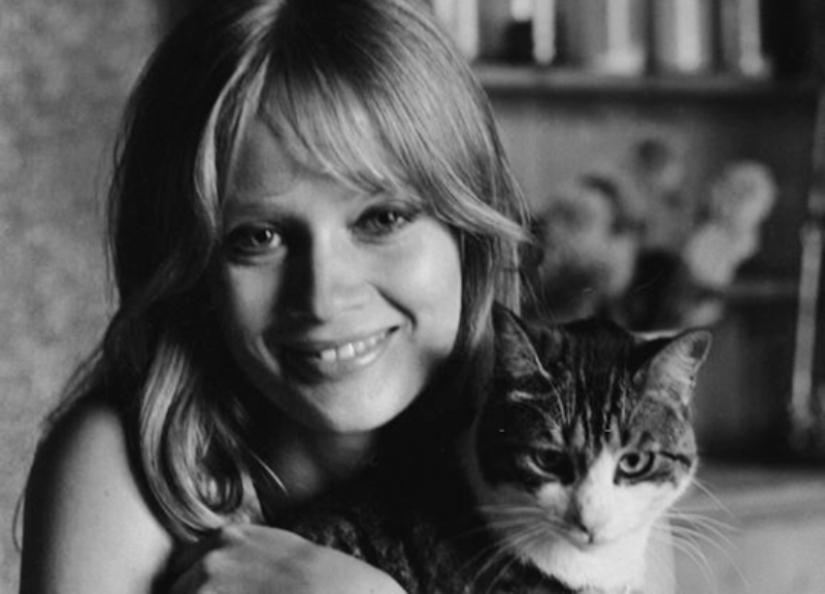
Celia Hammond was born in 1943 in Great Britain. The girl spent her childhood in Australia and Indonesia, where her father, who was in the tea business, had plantations. Celia began her modeling career in 1960 at the Lucy Clayton Charm Academy. The girl became the muse of the famous photographer Norman Parkinson, which had a positive impact on her professional growth.
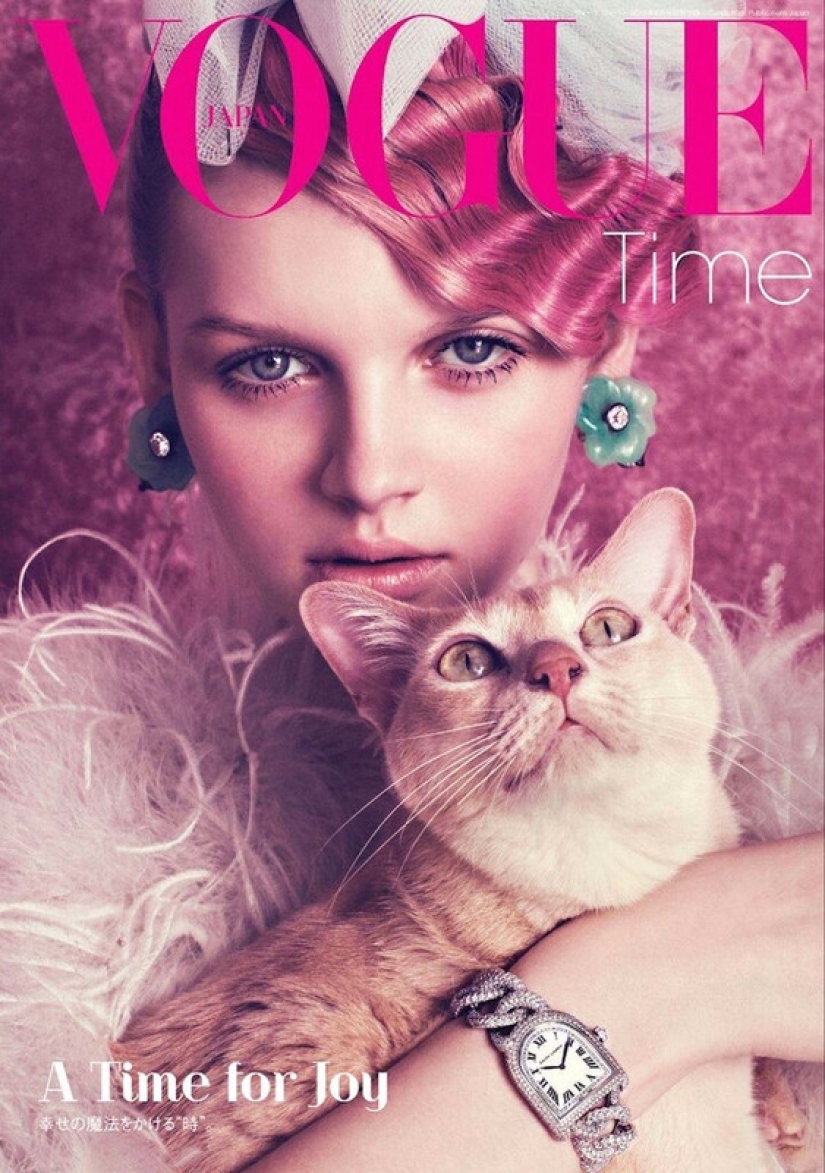
Later, the model caught the eye of Vogue photographer Terence Donovan, which provided her with a long-term job in the popular glossy magazine. At first, Hammond was an ordinary, “fur” model and happily posed in natural fur coats and leather jackets. But over time, the model’s attitude towards natural things changed. She began to refuse to go out in fur and increasingly made statements in interviews in defense of animals.
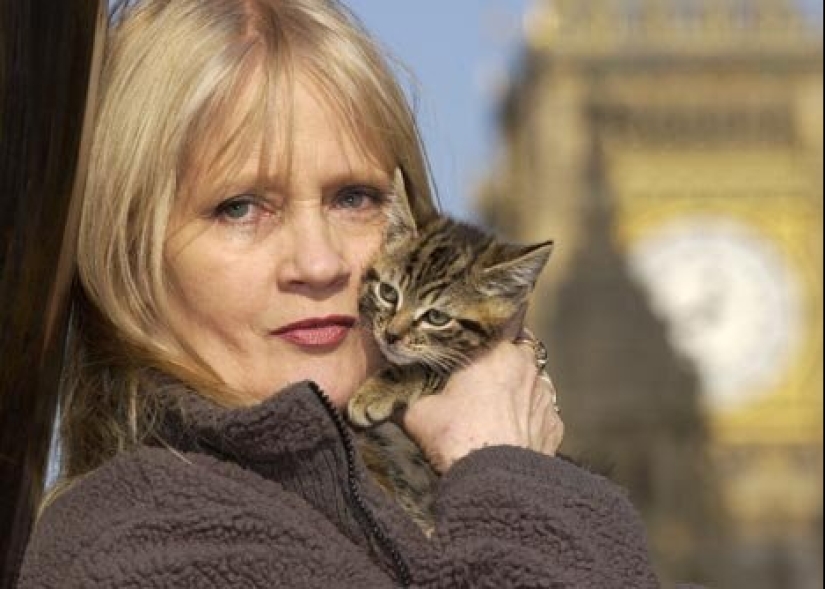
In 1986, the model founded the Celia Hammond Foundation, which worked to solve the problems of urban homeless animals. One of the organization's goals was to sterilize street cats to control their population.
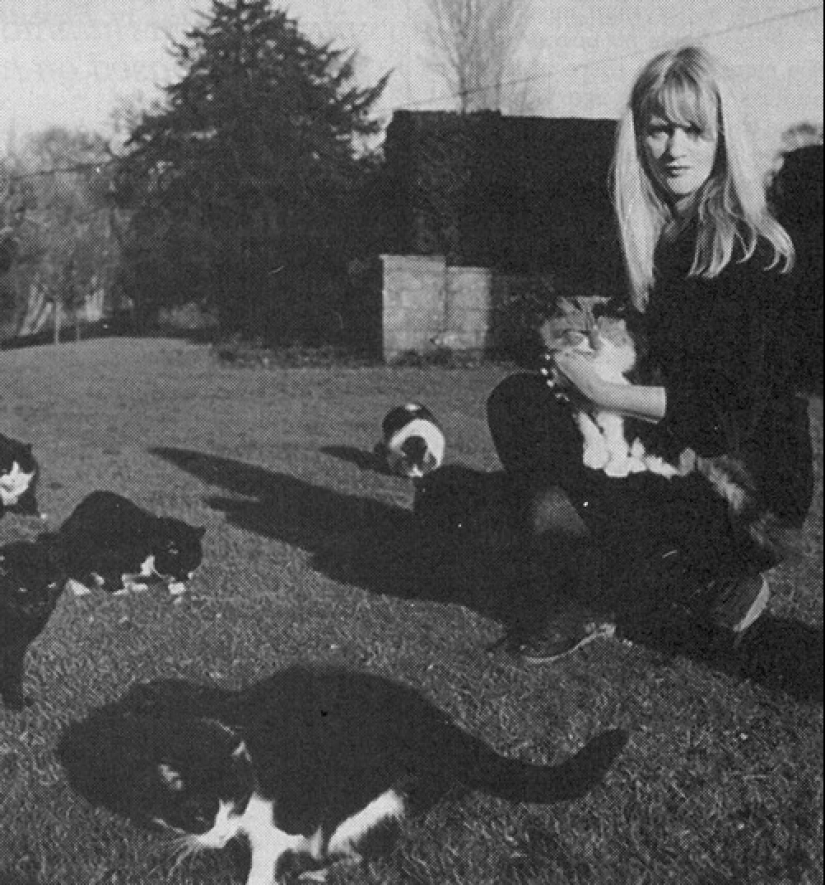
The first veterinary clinic opened in London in 1995. In 1999, Hammond founded a second clinic in Canning. The clinics not only sterilized animals, but also treated them.
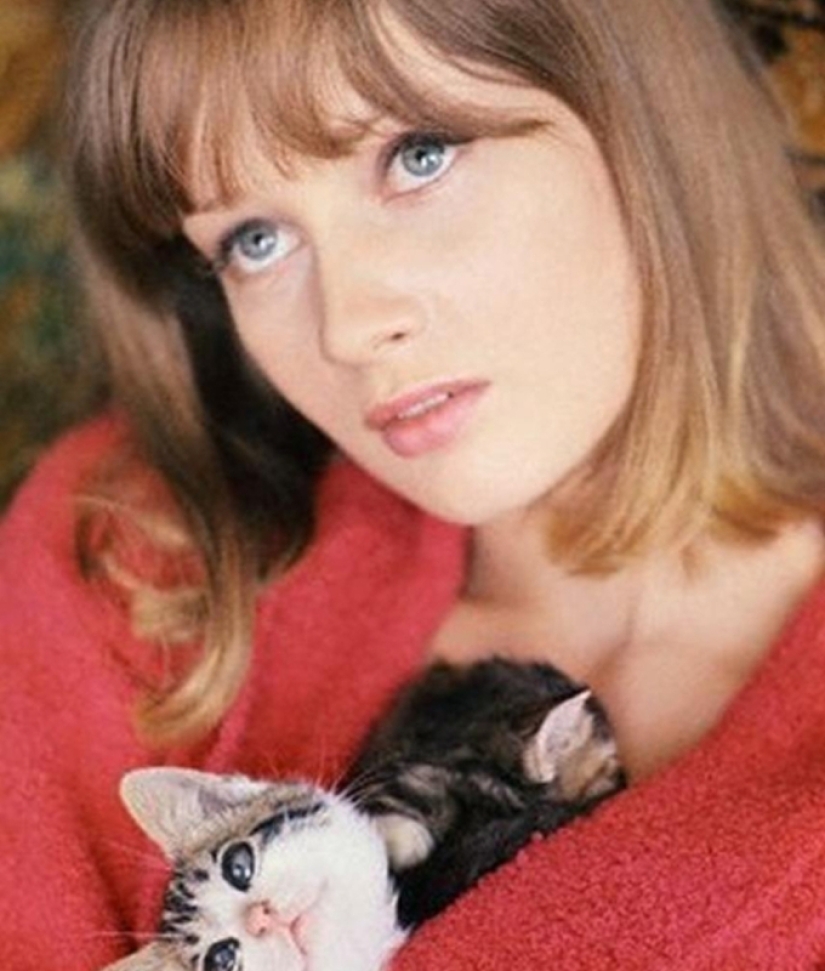
The foundation now owns several hospitals in different parts of the UK. Celia Hammond, having completed her career, devoted herself entirely to saving animals. She was especially proud of the shelter for animals looking for new homes in Breda, East Sussex.
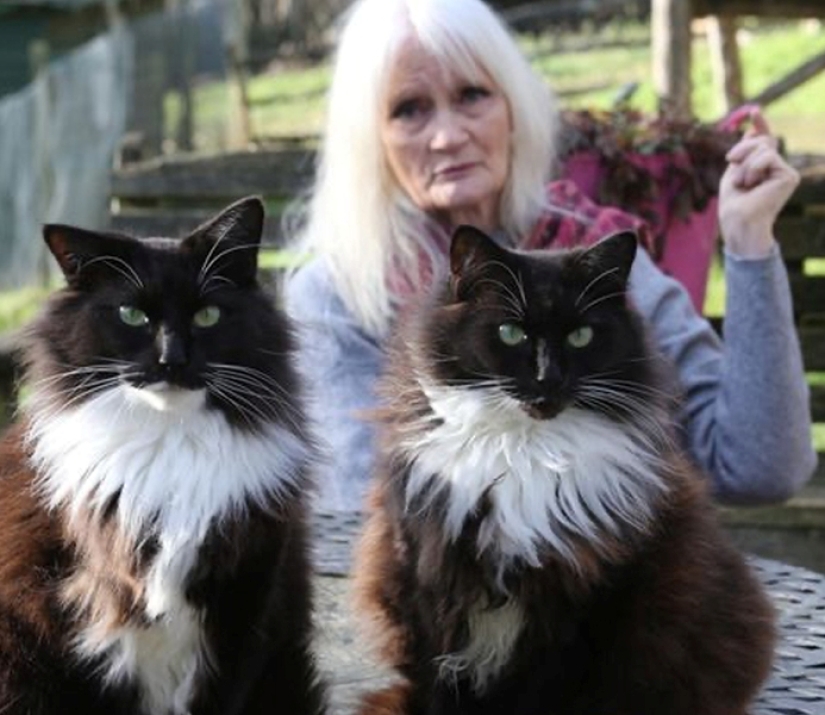
All her life, Celia Hammond could not get past cats. Therefore, the model appears in dozens, if not hundreds of photographs with these animals.
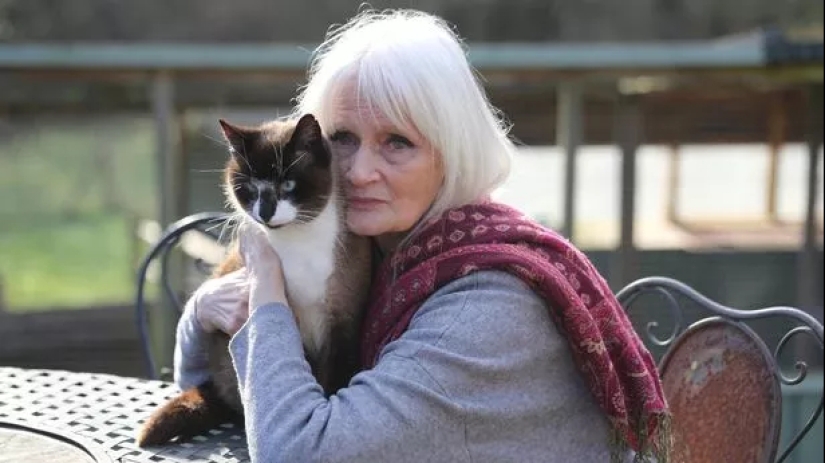
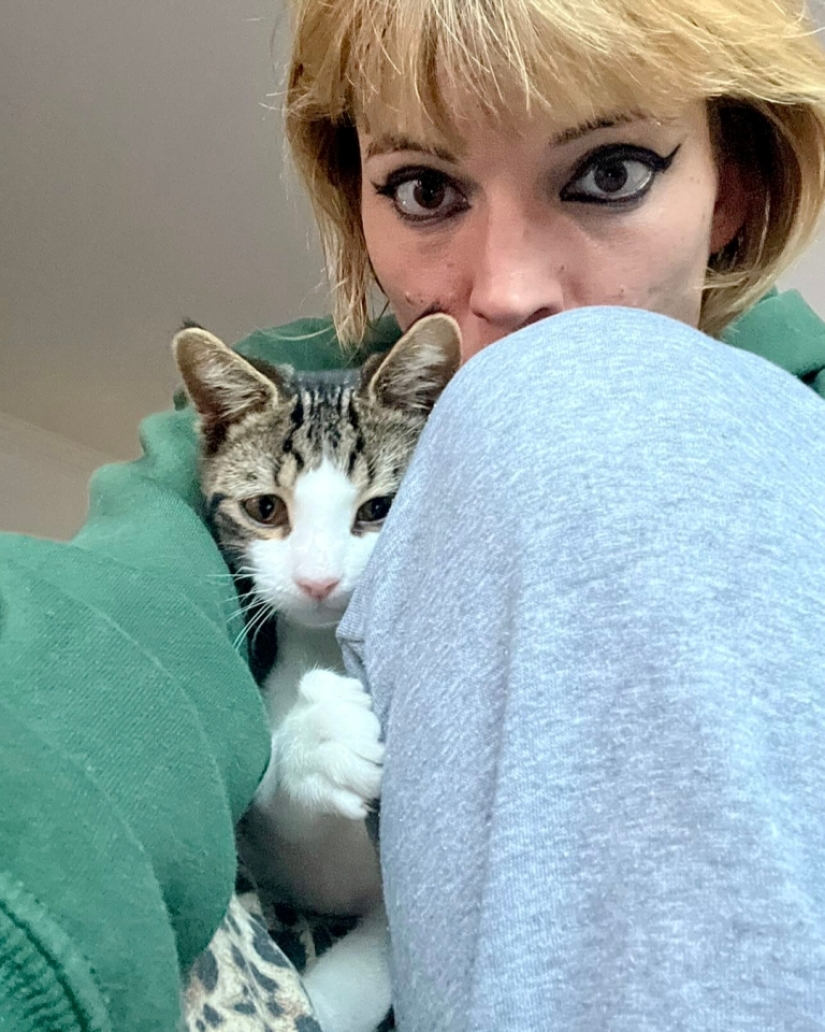

Recent articles

Leonardo da Vinci was accused of being fond of orgies. William the Conqueror, despite all his successes, was called a "Bastard" ...

Modesty? Decency? A sense of tact? No, you haven't heard! Just look at what the people from the selection below are doing! No ...

American documentary photographer Bruce Davidson came to the UK in 1960 for a couple of months on the assignment of Queen magazine. ...